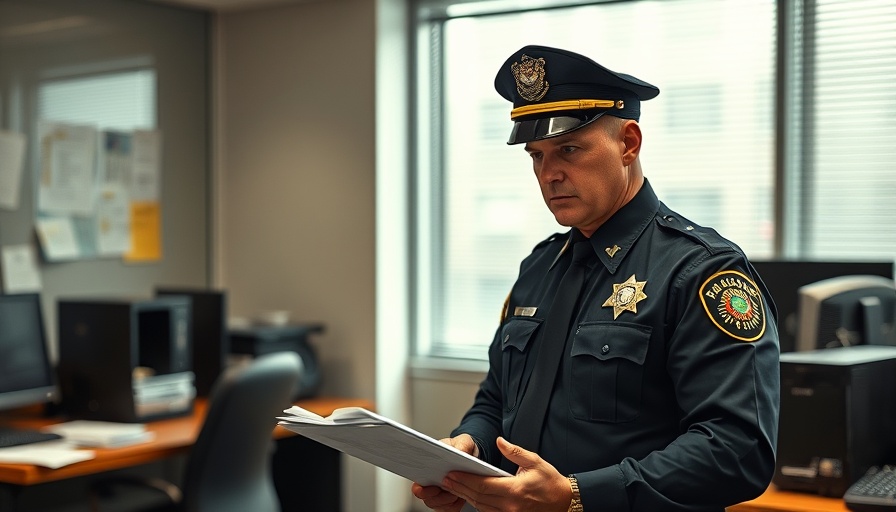
Understanding the Controversy: Police Intervention in Campus Protests
The recent lawsuit filed by UCLA students against local law enforcement underscores a contentious debate regarding police intervention on college campuses. The case centers around protests that erupted in May 2024 when tensions flared over various issues, prompting police action to dismantle the demonstrations. Sheriff Chad Bianco's defense of police actions offers a point of view that prioritizes both public safety and the need for law enforcement to take decisive measures when faced with escalating situations.
Historical Context: Protests and Police Responses
Historically, the interplay between student protests and police responses has been fraught with tension. From the civil rights movements in the 1960s to modern-day protests over social justice, police intervention has often been met with public scrutiny. The incident at UCLA is a reflection of this ongoing struggle, sparking debates over **police reform strategies** and the balance of authority. Police departments today are wrestling with how to maintain order without infringing on the rights of demonstrators, an issue further complicated by advancements in **community policing strategies**.
The Role of Community Engagement in Policing
Community trust is a vital component of effective policing, especially in diverse environments like college campuses. Effective **community policing** requires engagement and communication. This incident has drawn attention to the critical need for local law enforcement to cultivate relationships with students and community members to mitigate tensions before they escalate. Law enforcement agencies must rely on **public safety innovation** and **procedural justice** to enhance dialogue and avoid confrontational situations during protests.
Impact of Technology on Police Oversight
The increasing reliance on body cameras has transformed the landscape of law enforcement accountability. In incidents involving allegations of police misconduct, body camera footage can provide invaluable insights into police procedures. As demonstrated in the UCLA case, the availability of video evidence can either vindicate police actions or highlight overreach. Moving forward, establishing robust **police accountability strategies** through technology can help build public confidence in policing methods.
Future Perspectives: Balancing Authority and Rights
What this controversy reveals is a fundamental question: how do we balance the need for public safety with the rights of individuals to peacefully assemble? With every incident that prompts this debate, it becomes imperative for law enforcement agencies to rethink their **crisis intervention strategies**. Engaging with community members in crafting policies that emphasize both safety and civil rights can lay the groundwork for a more harmonious relationship between police and the public.
The incident at UCLA serves as an important case study in the ongoing dialogue over law enforcement practices and community relations. As these discussions continue, it is crucial for policymakers and law enforcement leaders to listen closely to the concerns of students while also balancing the need for order and accountability.
 Add Row
Add Row  Add
Add 

 Add Element
Add Element  Add Row
Add Row 




Write A Comment